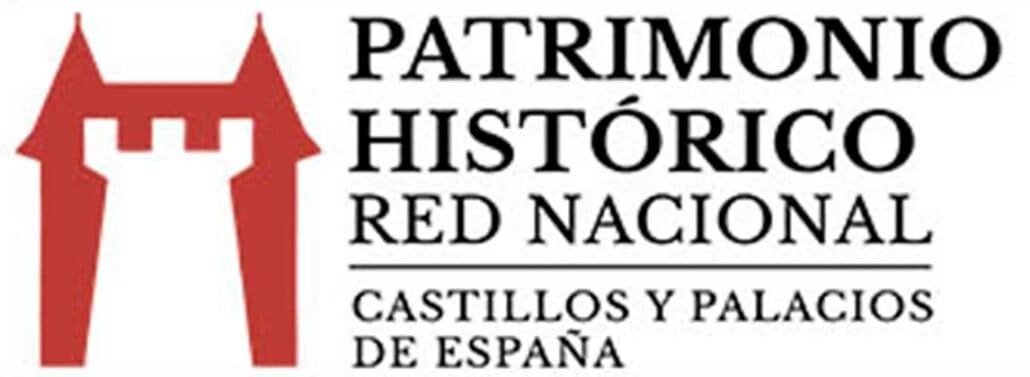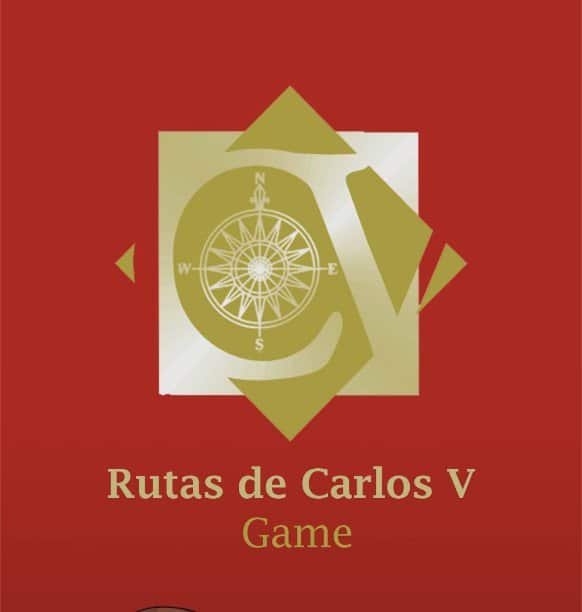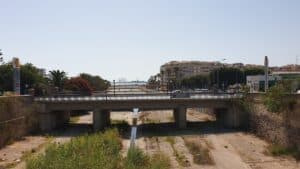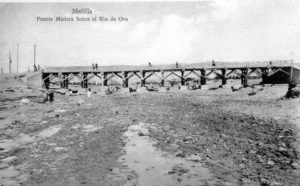The Melilla Monumental City Foundation is an institution that is defined mainly by the functions it performs with regard to the enhancement of the city's heritage.
In order to achieve this objective, priority must be given to conservation and research work, as well as the dissemination of the cultural heritage of our past. A broad and at the same time heterogeneous legacy, whose origin is linked to that of the city itself and its different inhabitants. An amalgam of civilisations whose imprint can still be perceived in the Melilla of the 21st century.








